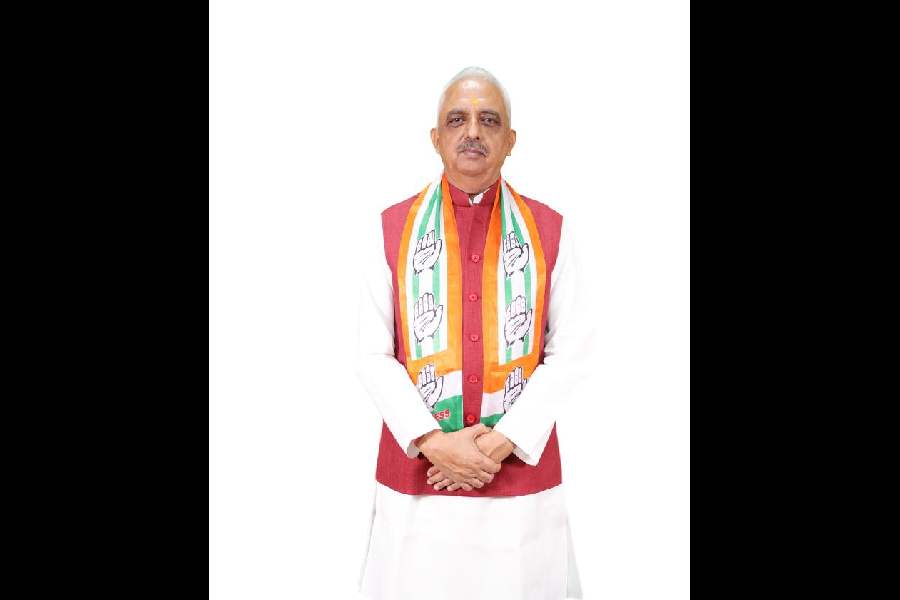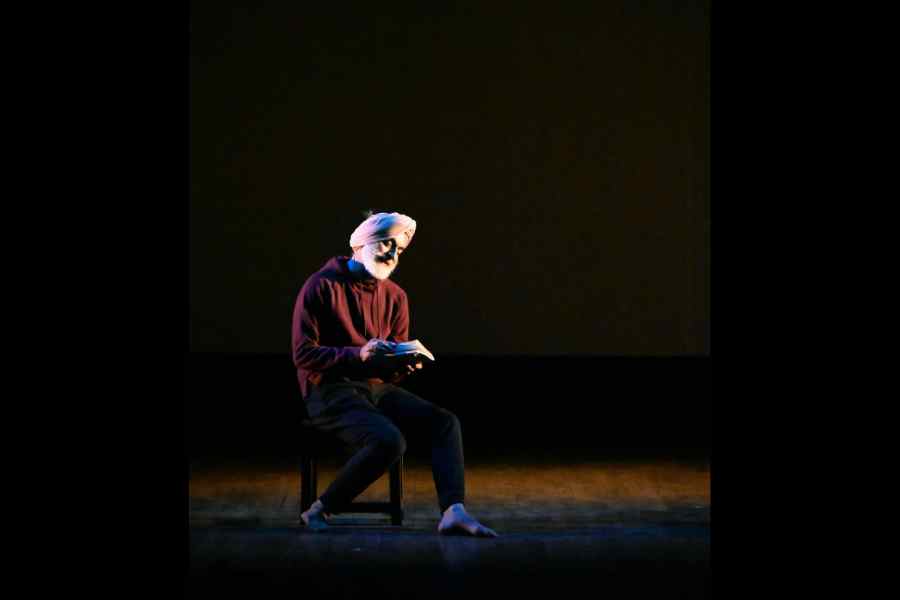The National Assessment and Accreditation Council, affiliated to the University Grants Commission, accredits higher education institutions and allots them grades as a measure of their performance. The HEIs are typically assessed on a range of criteria — curriculum, teaching-learning, infrastructure, student support and so on — and awarded a grade.
NAAC’s current mechanism of grading HEIs has been scrapped in the recently announced spate of ‘reforms’. Instead, there will be a new method wherein institutions will be assigned different levels (1 to 5) as a marker of their performance. It has been reasoned, not altogether incorrectly, that HEIs resort to “unhealthy practices” to secure a high grade from NAAC. Manipulation and fabrication of records and instances of corruption have been alleged. The race to secure a high grade not only pushes HEIs to adopt unfair means but also sparks unwarranted competition among them.
Thus far, HEIs had to apply themselves for an assessment by NAAC through a lengthy procedure and submit their track record for the past five years. They had to furnish copious details of academic and other activities undertaken by them. Many of them have specially dedicated internal quality assurance cells that collate all the required information and past records which they then submit for assessment. After this was done, it was time for a much-awaited visit from the NAAC team. The Council’s officials visited the institutes undergoing assessment and interacted with faculty and students.
In the drawn-out process of assessment, there was enough scope for irregularities and misinformation at multiple levels. Different divisions and departments of the institutes undergoing assessment geared up to retrieve and, when not available, even created records of past events. The demands of creating safe, inclusive and accessible learning spaces suddenly acquired importance to meet NAAC’s requirements. Attractive PowerPoint presentations were made, often with the help of external consultants, and proudly displayed before NAAC officials. Mock drills and internal rehearsals were conducted in advance of the impending visit. Detailed lists of toppers and other high achievers were put together, hasty purchases made to ramp up the institute’s existing infrastructure, and select students specially tutored to interact with the visiting team.
NAAC’s visits to HEIs and the outcomes of the assessment process are enthusiastically covered by the local press. The high stakes involved create ample room for malpractices. This mechanism of grading has now been abolished to address the manifold defects and get the real picture about the state of our HEIs. The new system will be based on the assignment of different levels to help improve HEIs’ performances to match national and even global standards of ‘excellence’.
But is the new system insured against the old frailties?
Lack of transparency and fabrication of information, which made the earlier system unworkable, may continue unless there is a structural break from the widely prevalent culture of concealment. Different sectors and institutions in India, public or private, State or non-State, are mired in opacity. We have grown up seeing our neighbourhoods and surroundings, villages and cities, being hurriedly decked up to receive important personalities. On such occasions, evident flaws, gaps and problems are pushed under the rug to present an albeit fleeting and false picture of perfection.
Whatever the new mode of evaluation of quality and performance of HEIs, it must be based on transparency. India’s centres of higher learning would stand to gain from a comprehensive and realistic assessment of the state of higher education in the country.
Anshu Saluja is a historian










